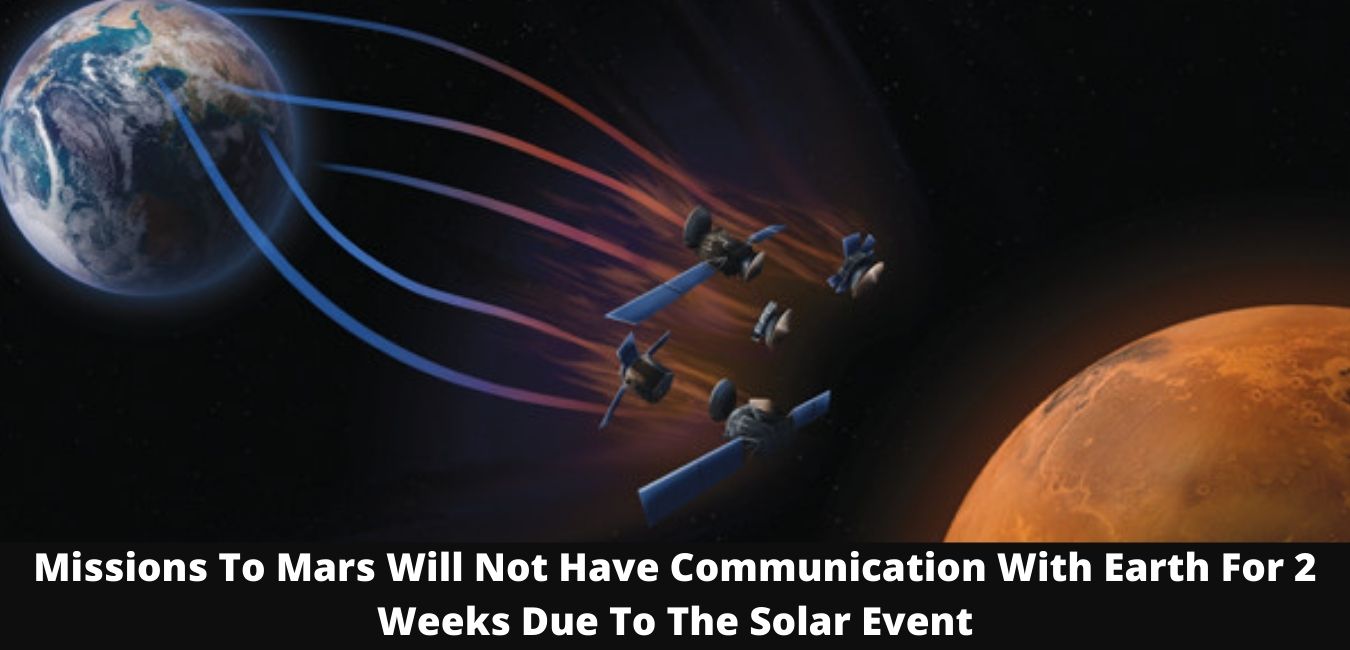NASA will have a brief hiatus regarding communication between them and their fleet of rover rovers on Mars. This is because an outage caused by solar interference will soon happen.
This interference will occur between October 2 and 16, and during this time, Mars and Earth will be on opposite sides of the sun. This event occurs a couple of weeks every two years.
Until mid-October, NASA teams in charge of managing missions to Mars will be in charge of not sending any more commandos, orbiters, and rovers to explore the Martian surface. However, this does not mean that the exploration of the red planet stops.
Roy Gladden, the manager of the Mars Relay Network at NASA’s Jet Propulsion Laboratory in Pasadena, California, said in a statement: “Although our missions to Mars will not be as active in the coming weeks, they will still report to us on their health status. Each mission has been given a task to do until they hear from us again. “
For communications, the sun is a giant obstacle, and additionally, it spews energized hot gas from its outer atmosphere through space. While Mars and Earth are on opposite sides of this large star, solar gas interferes with NASA’s radio signals to communicate with robotic Martian explorers.
The messages can become confused if engineers try to send commands to any of the Martian spacecraft during that time, which is too risky for their progress so far, as the orbiters can receive corrupted communication that puts them in danger.
On the other hand, the robots get lists of simple commands before the solar event happens, which is a strategy to keep them busy. In this way, they can continue on autopilot without waiting for NASA instructions during the communication blackout.
Perseverance and Curiosity, the two Martian helicopters, have found some pretty nice places to rest. Ingenuity stays 175 meters from Perseverance and will send updates on how the rover is doing every week. You can both keep each other company on Mars as long as you don’t talk to your teams on Earth.
Read More: iPhone 13 Satellite Communications Reports Loomed With Uncertainties
Final words
Perseverance will use the Mars Environmental Dynamics Analyzer (MEDA) to monitor the weather on Mars and run its RIMFAX radar instrument to listen for sounds with its microphones and look for dust swirls. However, in that time frame, the rover did not even move its mast to do any of these things. Secondly, Curiosity has similar duties but will use slightly different instruments.
The naturally stationary InSight lander will use its seismometer to listen for the marsquakes. NASA orbiters on Mars will continue to collect observations of the planet from above while collecting data from surface missions to be sent back to Earth.
Read More: ‘Happy’ SpaceX Tourist Crew’s First Day Spent Wizzing Around Earth

Leave a Reply